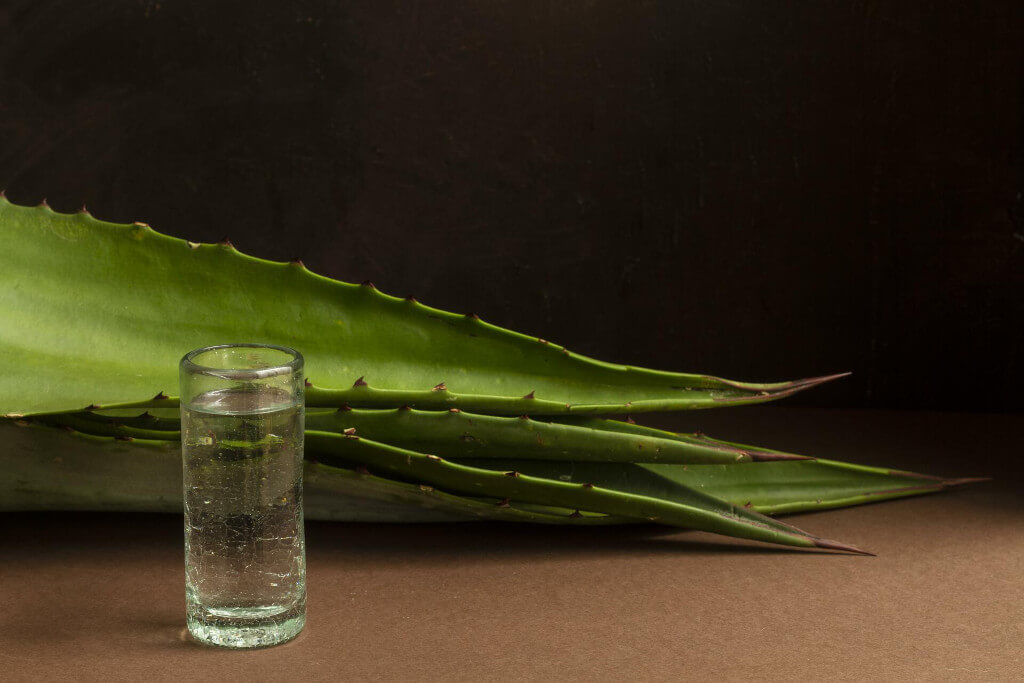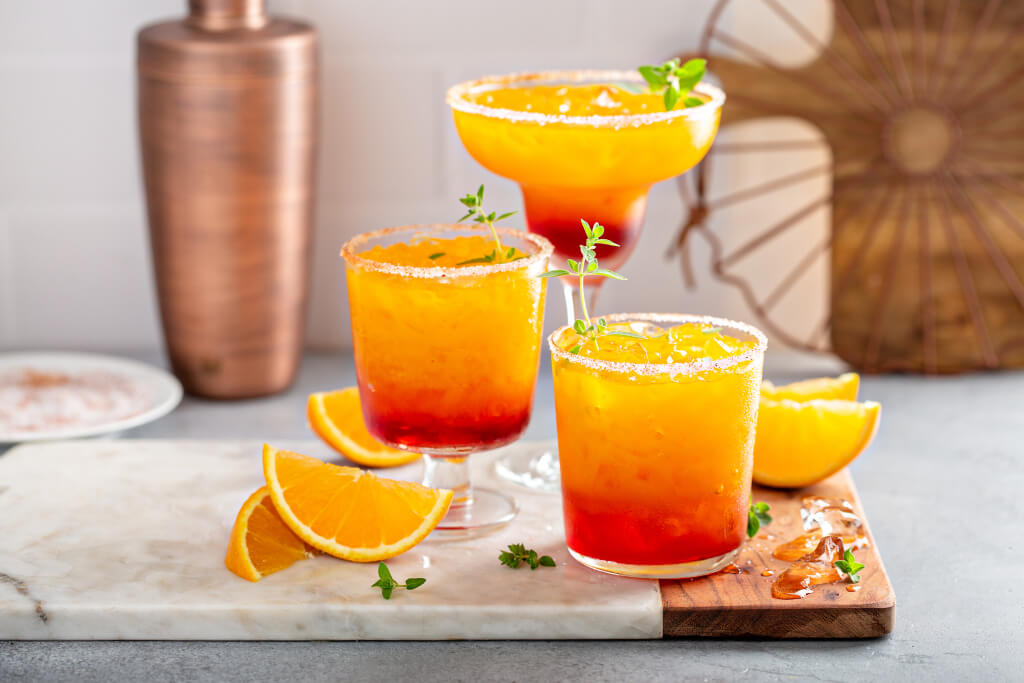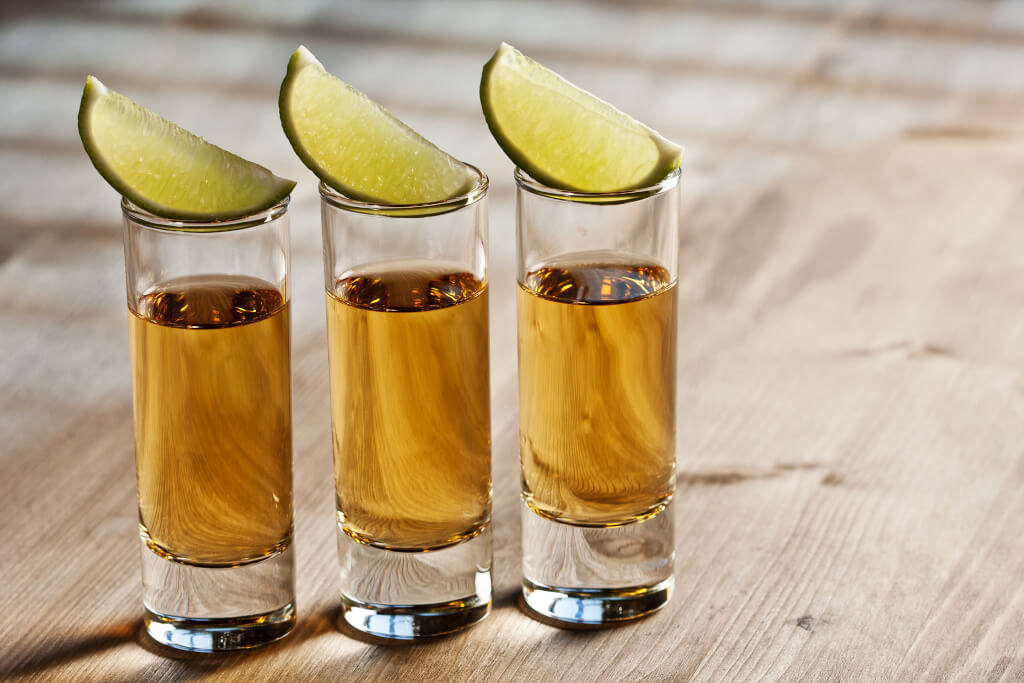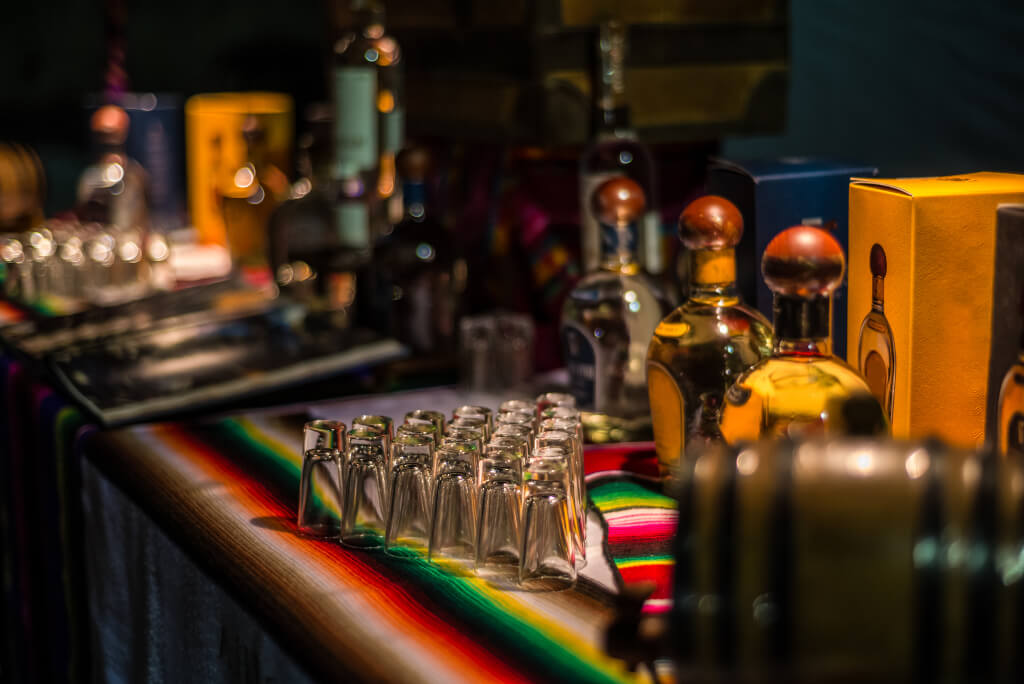Like any other liquor, tequila has layers upon layers of depth and complexity just waiting to be discovered. If you are not already immersed in and acquainted with the culture around tequila, you may not be aware of its numerous elements. There has never been a greater variety of tequilas, both celebrity-branded and craft blended, available at liquor stores due to the increasing demand for agave spirits. The flavour and aroma of each tequila are distinctive.
There are a lot of tequilas out there, so picking a good one might be difficult. That’s why we sought advice from those with experience behind the bar so that you can enjoy the finest tequila.
Farms of Agaves
Since tequila was first made hundreds of years before the Spanish conquistadors came to Mexico, the word tequila originates from an Aztec word, te-kuai, which means “the place where we were born.” Weber blue agave, or *agave tequilana*, produces tequila when its bulb, or “pia,” is baked, juiced, fermented in tanks with yeast, and then distilled.
Los Altos, the highlands, and the lowlands, also known as “Tequila Valley,” the area around Tequila, are the two primary areas in the Mexican state of Jalisco where agave is farmed. The tequilas made in these regions have quite distinct tastes. Vegetal flavours like grass and sage are more prevalent in lowland tequilas than in highland tequilas, and lowland tequilas also tend to be less sweet. In contrast, highland tequilas tend to be softer, sweeter, and fruitier than their lowland counterparts. Recognising the significance of these two key growing regions can be a significant step towards mastering Mexico’s finest spirit.
The Process of Distilling Agave Essence
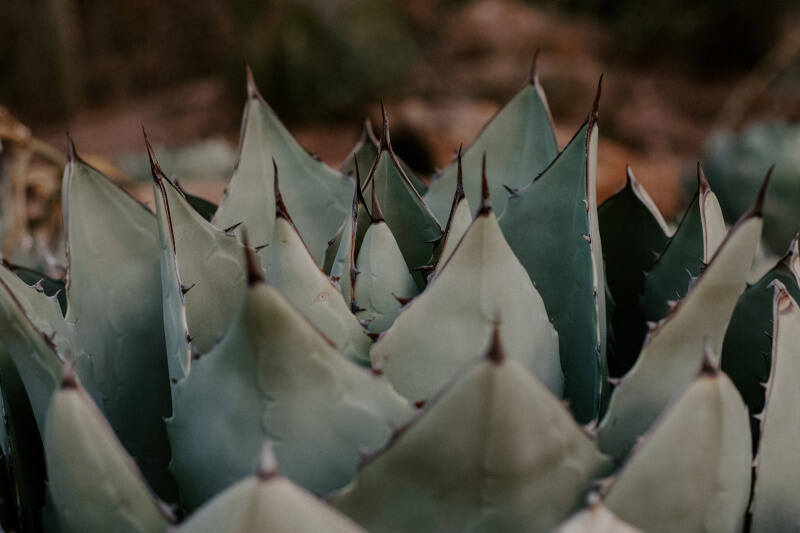
Crushing the cooked pias releases their juice, which is then fermented into alcohol. To obtain the appropriate purity and flavour profile, tequila, mezcal, and raicilla are all distilled at least twice, but in different ways.
Column stills are typically used to make tequila, although copper pot stills and clay pot stills are prevalent in the artisanal production of mezcal and raicilla. The distinctive qualities of each spirit are a result of their distillation processes.
When Mexico First Started Making Tequila
Tequila is made from the nectar of the Weber blue agave, which is then fermented. The pina is the central bulb in an agave, a spiny succulent. The pina is taken out of the agave plant before it is baked and the juice is extracted to make tequila. The carbohydrates in the juice are fermented into alcohol in barrels with yeast. The scent, colour, and taste of liquor all have their roots in the fermentation process. The manufacture of tequila used to be labor-intensive, but modern technology and industrialisation have made the process much more efficient. However, the process of making tequila has remained mostly unchanged from its earliest days:
Gather Agave
The first step in making tequila is to gather the blue agave plant for processing. Mexican farmers in states where agave cultivation is legal use a special knife called a COA to harvest pina bulbs from the agave plant.
The Pina Bulb is Baked
After the pina bulb is baked, the fermentable sugars can be extracted. Pits lined with rocks were used to bake pinas in the past. Today, however, hornos made of clay and brick are used to bake pinas. Large stainless steel ovens can also be used to bake pinas.
Agave Juice is Then Extracted
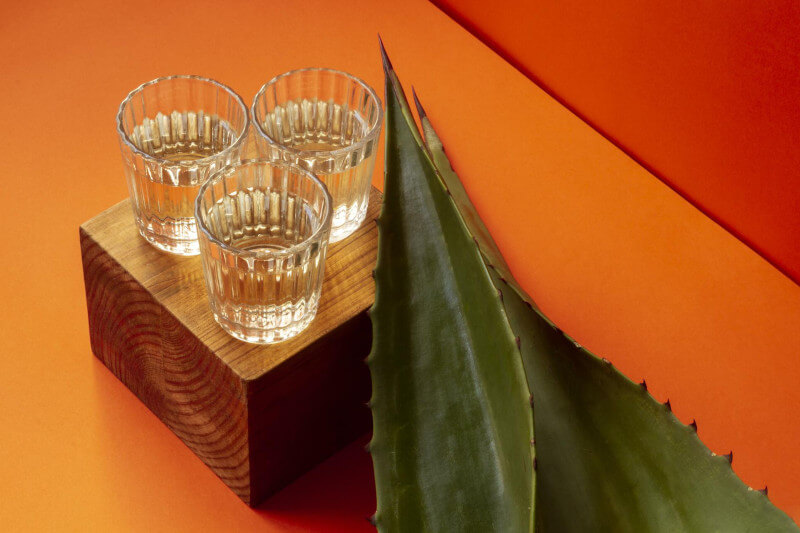
Shredding and crushing baked pinas yields the juice known as mosto. Mosto was traditionally made with a tuhona, a big stone wheel used to crush and squeeze the pina for its juice. Today, however, the agave plant is mechanically shredded in a factory to get at the juice.
Distill the Alcoholic Mosto
Distillation is then used to remove impurities and concentrate the alcohol in the agave juice. Tequila is best when distilled twice:
- Ordinario, the product of the first distillation, is a clear liquid.
- Clear silver tequila is created during the second distillation and then matured before being bottled.
Allow the Tequila to Age
After being distilled, tequila spends a variety of ages ageing in oak barrels. The length of time tequila is aged determines its final colour, flavour, and aroma. There are typically three categories of aged tequila:
- Aged between two months and a year, Reposado tequila is a specialty of Mexico. Flavours of wood, vanilla, and caramel come through smoothly. The colour of Reposado Tequila is rich golden amber.
- Aejo tequila has been aged for at least a year, but typically longer. It has a smokey and rich flavour that calls for a long sip.
- The tequila labeled “extra aejo” has been matured for at least three years. There are hints of cinnamon, caramel, vanilla, and nutmeg in addition to the more obvious amber hue.
- White or silver tequila has been rested for no more than 60 days. The aftertaste of Blanco tequila is mild and spicy. Clear tequila goes by the name “white” because of its coloration.
- “Young” or “gold” tequila is a combination of silver and reposado tequila. Only a few weeks of aging are required before bottling. It tastes roasted and has hints of nuttiness, fruit, spice, and pears. Joven’s bright golden hue and refined taste are the product of several additions.
Complimenting Agave Spirits With Food
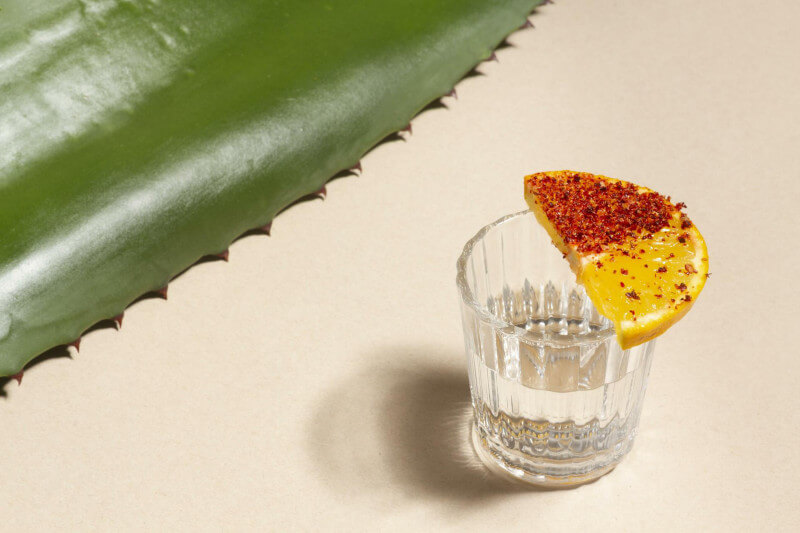
Straight up, on the rocks, or in a cocktail, you can enjoy tequila, mezcal, and raicilla. It’s best to take your time and appreciate the various fragrances and tastes of these liqueurs. To appreciate the flavours of Mexican food, try pairing it with a drink made from agave. In contrast to the robust flavours of slow-cooked meats like barbacoa or mole, tequila is a good match for lighter meals like ceviche or grilled fish.
Introducing Tequila to a Wider Audience
When it comes to cocktails made with Tequila, the Margarita has long held the throne. Yet, it seems that only recently have consumers learned that Tequila may be mixed with other ingredients or enjoyed on its own. Educating customers about the breadth of the spirits market through the introduction of premium, matured Tequilas has proven to be an effective strategy.
Cocktails like the Paloma and the T&T (Tequila and Tonic) have been popularised by retailers and bartenders to educate customers about the wide range of flavours that can be found in Tequila. Because of its expansion, the drink is now enjoyed by more people, especially those who like cocktails with less alcohol and more fruit.
There is so much more to this remarkable spirit than just shots and margaritas. Whether it’s the unique growing regions, traditional production processes, or the intriguing varieties that are available, tequila showcases a rich tapestry of history and craftsmanship. So the next time you pick up a bottle of tequila, remember the hard work and dedication of the farmers and distillers who brought this beautiful spirit to your glass. Whether you’re sipping it neat, savouring it in a crafted cocktail, or pairing it with a sumptuous meal, take a moment to appreciate the depth, complexity, and spirit of Mexico that is encapsulated in every drop. Cheers to your new journey of discovery, tasting, and enjoyment in the world of tequila!

